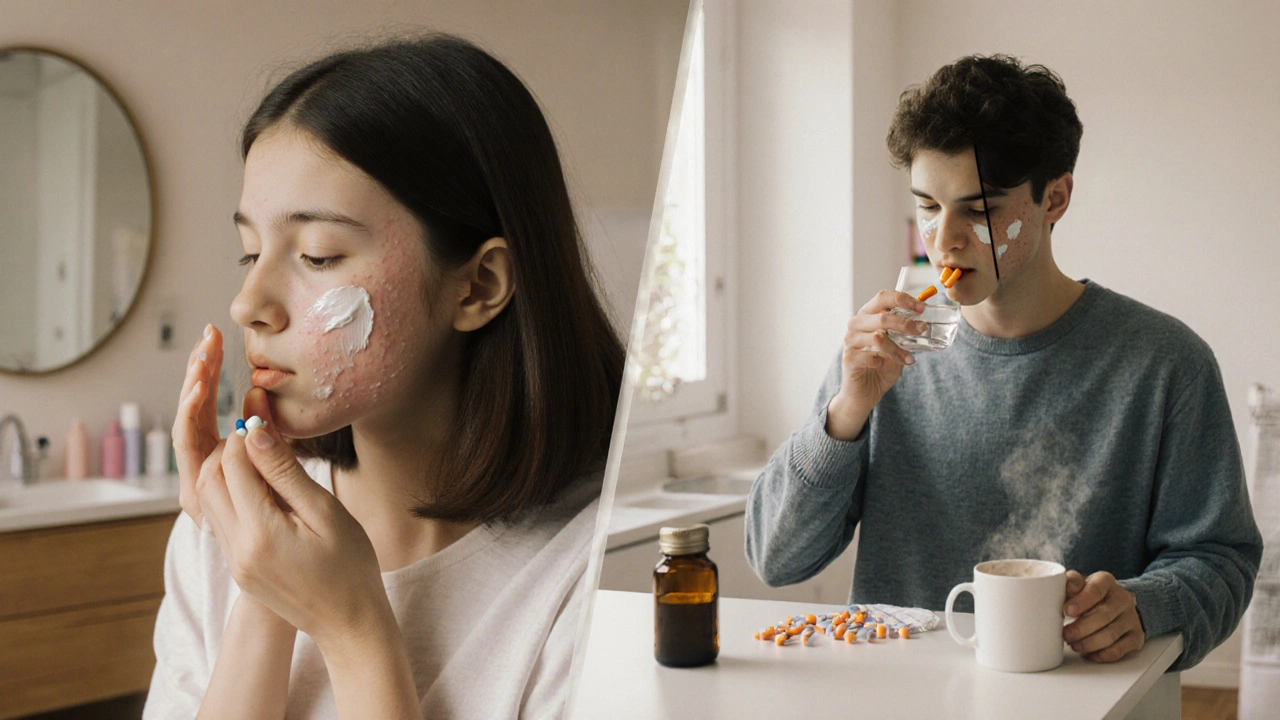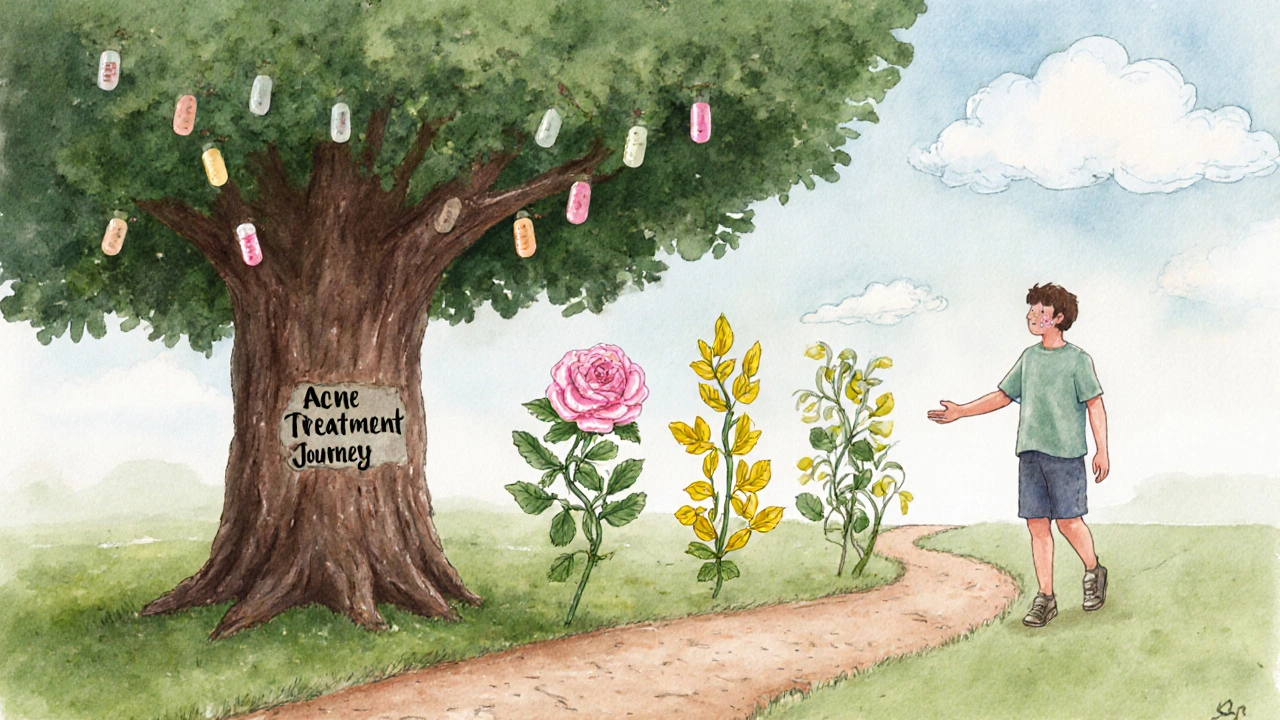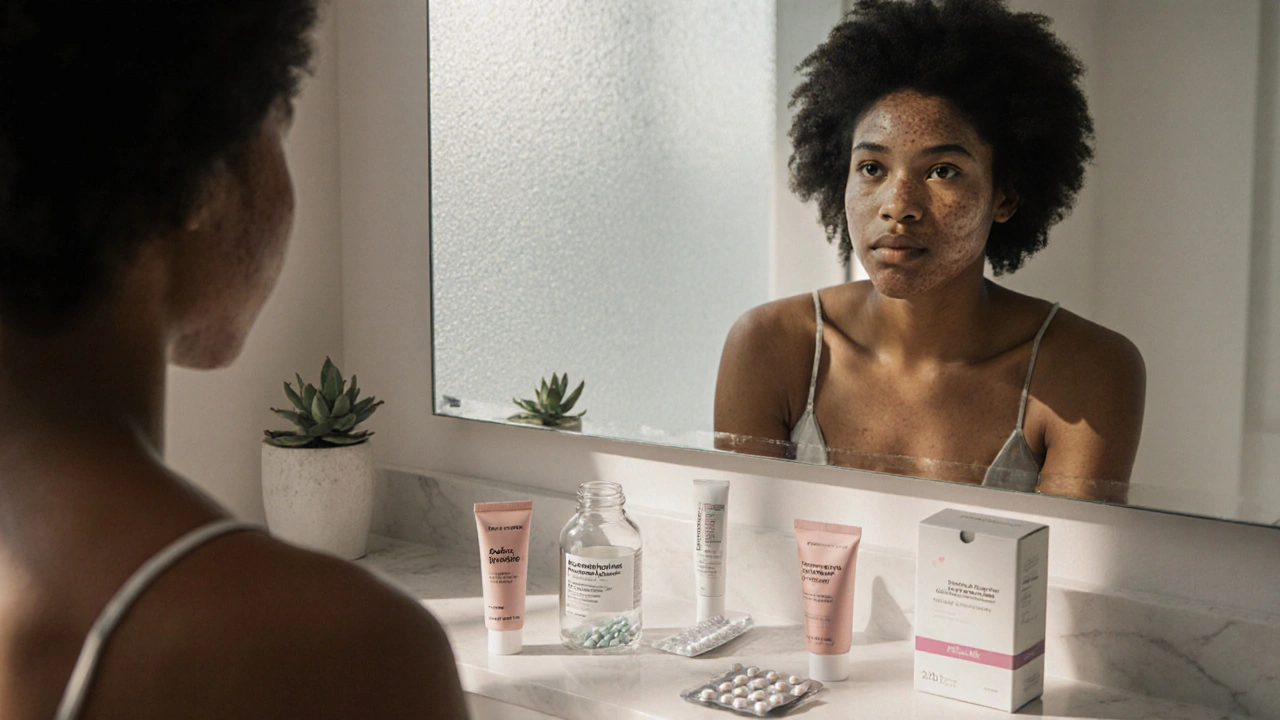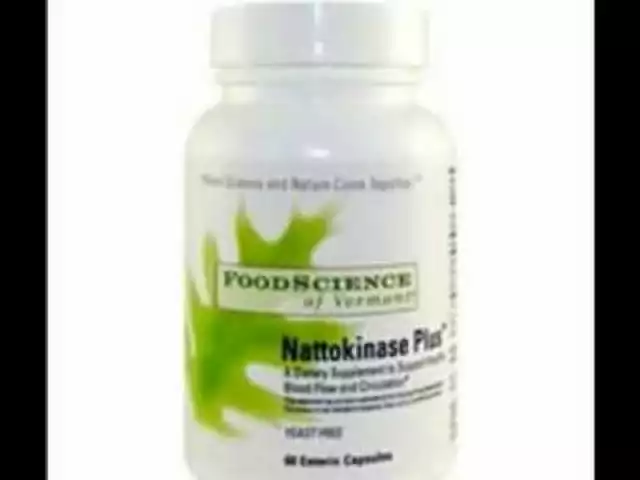Isotretinoin Suitability Checker
Acne Severity
Scarring Risk
Pregnancy Plans
Previous Treatment Attempts
Side Effect Tolerance
Tretiva is a branded formulation of isotretinoin, a systemic retinoid used to treat severe acne vulgaris. It works by shrinking oil glands, normalising skin cell turnover and reducing inflammation. For many patients with nodular or cystic acne, Tretiva remains the gold‑standard because it can clear skin in a single course.
But isotretinoin isn’t the only game in town. Dermatologists often weigh Tretiva alternatives against the drug’s cost, side‑effect profile, and the need for strict pregnancy protection. This guide walks through the most common alternatives, line‑by‑line data, and practical tips for deciding which route fits your case.
How Tretiva Works and What to Expect
Isotretinoin is a synthetic analogue of retinoic acid, the active form of vitamin A. By binding to retinoic acid receptors (RAR‑α, RAR‑β, RAR‑γ) it down‑regulates the sebum‑producing gland activity, cutting oil output by up to 90%.
- Typical dose: 0.5-1.0mg/kg/day, taken with food.
- Course length: 4-6months, often repeated if acne recurs.
- Efficacy: 85% of patients achieve clear or almost‑clear skin (clinical trials, 2022).
- Common side effects: dry skin, cheilitis, elevated lipids, and transient mood changes.
- Contra‑indications: pregnancy, liver disease, uncontrolled hyperlipidaemia.
Because isotretinoin is teratogenic, women of child‑bearing potential must enroll in a pregnancy‑prevention programme, undergo monthly pregnancy tests, and use two forms of contraception.
Key Alternative Treatments
Below are the main non‑isotretinoin options that dermatologists consider for moderate‑to‑severe acne. Each has its own mechanism, dosing schedule, and safety considerations.
Doxycycline is a broad‑spectrum tetracycline antibiotic. It reduces acne by inhibiting Propionibacterium acnes (now Cutibacterium acnes) and its anti‑inflammatory effects.
Adapalene is a synthetic third‑generation topical retinoid. It modulates keratinocyte differentiation and reduces comedone formation without the systemic side effects of isotretinoin.
Spironolactone is a potassium‑sparing diuretic that blocks androgen receptors in the skin, decreasing sebum production-a useful option for women with hormonal acne.
Benzoyl peroxide is an over‑the‑counter oxidising agent that kills acne‑causing bacteria and helps prevent antibiotic resistance when combined with oral agents.
Azelaic acid is a naturally occurring dicarboxylic acid that provides anti‑keratinising, antibacterial, and anti‑inflammatory effects, suitable for sensitive skin.
Combined oral contraceptive (COC) pills contain estrogen and progestin; the progestin component reduces sebum output, making COCs a first‑line choice for many women with acne.
Side‑by‑Side Comparison Table
| Medication | Mechanism | Typical Dose / Regimen | Treatment Duration | Major Side Effects | Pregnancy Safety |
|---|---|---|---|---|---|
| Tretiva (Isotretinoin) | Systemic retinoid - reduces sebum, normalises keratinisation | 0.5-1mg/kg/day oral | 4-6months | Dry skin, cheilitis, ↑triglycerides, mood changes | Contra‑indicated (teratogenic) |
| Doxycycline | Antibiotic - inhibits bacterial protein synthesis + anti‑inflammatory | 100mg oral twice daily | 3-6months (continuous) or cyclic | Photosensitivity, GI upset, candida overgrowth | Generally safe (category B), avoid in late pregnancy |
| Adapalene | Topical retinoid - modulates keratinocyte differentiation | 0.1% gel/cream nightly | 6-12weeks (continuous) | Local irritation, erythema | Safe in pregnancy (category C) |
| Spironolactone | Anti‑androgen - blocks androgen receptors in sebaceous glands | 50‑200mg oral daily | 6‑12months (often adjunct) | Hyperkalaemia, menstrual changes, dizziness | Contra‑indicated in pregnancy |
| Benzoyl peroxide | Oxidising agent - kills C. acnes, reduces resistance | 2.5‑10% gel/cream twice daily | Indefinite, as needed | Dryness, bleaching of fabrics | Safe in pregnancy |
| Azelaic acid | Anti‑keratinising, antibacterial, anti‑inflammatory | 15‑20% gel twice daily | 8‑12weeks (continuous) | Transient tingling, mild irritation | Safe in pregnancy |
| Combined oral contraceptive | Estrogen+progestin - reduces sebum via hormonal modulation | One tablet daily | Months to years (continuous) | Weight gain, mood swings, thrombo‑embolism (rare) | Contra‑indicated in pregnancy (must be started after negative test) |

When to Choose Tretiva Over Alternatives
If you’ve tried multiple topical agents and oral antibiotics without lasting clearance, isotretinoin often becomes the next step. Its ability to dramatically cut sebum production makes it uniquely effective for nodular or cystic lesions that other drugs merely suppress.
Key decision triggers include:
- Severe, scarring‑prone acne that threatens psychological wellbeing.
- Failure of at least two conventional regimens (e.g., topical retinoid + oral antibiotic).
- Patient able to commit to monthly lab checks (liver enzymes, lipids).
- No plans for pregnancy in the next year, or willingness to use dual contraception.
When these conditions are met, the odds of achieving >90% clear‑skin rates within six months are substantially higher with Tretiva than with any single alternative.
How Alternatives Stack Up in Real‑World Scenarios
Doxycycline remains the go‑to oral antibiotic for moderate inflammatory acne. It’s cheap, widely available, and works quickly (often within 6‑8weeks). However, long‑term use can select for resistant cutsibacterium and cause photosensitivity, which is problematic for outdoor workers.
For women whose acne spikes around their menstrual cycle, Spironolactone offers a hormone‑targeted approach. In a 2021 multicentre study, 70% of those on 100mg daily reported a ≥50% reduction in lesion count after 4months, with minimal systemic side effects when potassium levels were monitored.
Topical retinoids like Adapalene are ideal for patients who cannot tolerate oral meds. The 0.3% gel introduced in 2020 showed comparable efficacy to tretinoin but with less irritation, making it a first‑line choice for dry or sensitive skin.
Benzoyl peroxide shines as a resistance‑breaker when paired with antibiotics. A combined regimen of 100mg doxycycline + 5% benzoyl peroxide reduced bacterial counts by 98% versus doxycycline alone, according to a 2022 dermatology trial.
Azelaic acid is a gentle alternative for patients with post‑inflammatory hyperpigmentation. It improves both lesion count and skin tone without the dryness typical of retinoids.
Finally, Combined oral contraceptive therapy is recommended by the British Association of Dermatologists as first‑line for females with mild‑to‑moderate acne. The estrogen component curtails sebum, while the progestin tackles hormonal fluctuations.
Practical Tips for Monitoring and Managing Side Effects
Regardless of the chosen therapy, regular follow‑up maximises outcomes and catches problems early.
- Laboratory checks: For isotretinoin, obtain baseline liver function tests (ALT, AST) and fasting lipids, then repeat at month2 and month4. For spironolactone, add serum potassium.
- Skin care routine: Use gentle, ceramide‑rich moisturisers; avoid harsh scrubs while on retinoids or benzoyl peroxide.
- Sun protection: All retinoid‑based agents increase photosensitivity. Apply SPF30+ broad‑spectrum daily.
- Adherence support: Set medication reminders, and keep a treatment diary to track lesion counts and side‑effects.
Related Concepts and Next Steps in the Acne Knowledge Cluster
Understanding the biology behind each drug helps you communicate with your dermatologist.
- Sebum production: Driven by androgen signalling; targeted by isotretinoin, spironolactone, and COCs.
- Cutibacterium acnes colonisation: Suppressed by antibiotics, benzoyl peroxide, and azelaic acid.
- Keratinocyte hyper‑proliferation: Controlled by retinoids (isotretinoin, adapalene).
- Inflammatory cascade: Modulated by doxycycline’s anti‑inflammatory properties and azelaic acid.
After reading this comparison, you might explore deeper topics such as "Isotretinoin dosing strategies for heavy‑weight patients" or "Managing isotretinoin‑induced mood changes". Those articles sit under the same cluster and build on the foundation laid here.

Frequently Asked Questions
Is Tretiva safe for teenagers?
Yes, but only under strict dermatologist supervision. The typical teenage dose is 0.5mg/kg/day, and labs are checked monthly for liver enzymes and lipids. Teens must also commit to a robust pregnancy‑prevention plan if they are female.
How does doxycycline compare to isotretinoin for scarring?
Doxycycline reduces inflammation quickly, which can limit new scar formation, but it does not shrink existing sebaceous glands. Isotretinoin, by cutting oil output, often prevents the deep lesions that later scar, giving it a superior long‑term scar‑prevention profile.
Can women use spironolactone while on hormonal birth control?
Yes, combining spironolactone with a combined oral contraceptive is common and safe. The birth control covers the teratogenic risk of spironolactone, while spironolactone adds extra anti‑androgen effect for stubborn acne.
What are the main reasons a dermatologist might avoid prescribing isotretinoin?
Key contraindications include pregnancy, active liver disease, uncontrolled high triglycerides, and a history of severe depression. Additionally, patients unwilling to adhere to monthly labs or stringent contraception are usually steered toward other options.
How long does it take to see results with adapalene?
Most users notice smoother texture and fewer breakouts after 4‑6weeks of consistent nightly use. Full clearance can take up to 12weeks, especially if the product is combined with a benzoyl‑peroxide cleanser.
Is azelaic acid effective for oily skin?
Azelaic acid primarily targets inflammation and hyper‑pigmentation; it has a modest sebum‑regulating effect. For very oily skin, it works best as part of a combo regimen (e.g., azelaic acid plus a light benzoyl‑peroxide wash).




